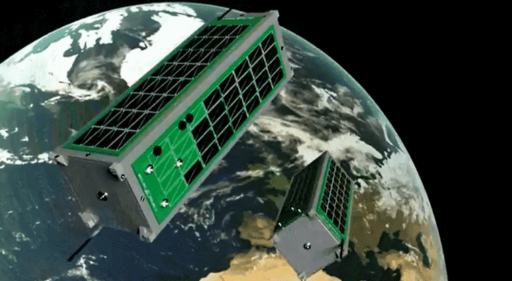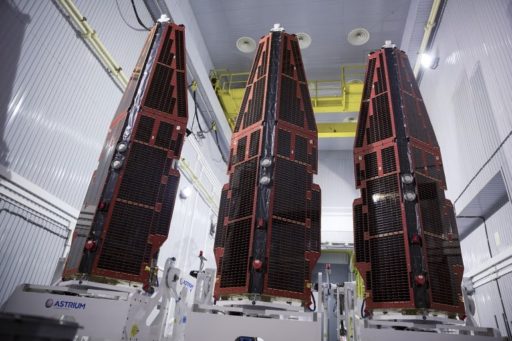F-1 is the most powerful rocket engine that the U.S. space agency NASA has ever built. NASA used this most powerful rocket engine last time in 1972 for its Skylab space mission. After more than 40 years, NASA has fired a “gas generator” of a F-1 rocket engine once more.
F-1 rocket engine was built in 1950s. It is a single-chamber liquid-fueled rocket engine with 1.5 million pounds (6.7 MN) of thrust. This engine was originally used in the Saturn V rocket for NASA’s Skylab and Apollo program. With five F-1 engines, Saturn V first launched in 1967 and launched last time for space with F-1 engines in 1972. Each F-1 engine has the capability to burn 3,357 gallons (12,710 liters) of propellant every second. F-1 turbine spins at 5,500 RPM and produces 55,000 horsepower and hence it drives over 40,000 gallons of fuel into the F-1 combustion chamber every minute. The interesting thing is more than 50 years have passed since F-1 rocket engine built, till now it is the largest and most powerful single-chamber liquid-fueled rocket engine that NASA has ever created. After 1972, this F-1 engine was never fired.
A team of young NASA engineers at Marshall Space Flight Center in Alabama recently got the rare opportunity to disassemble the F-1, analyze its components, and refurbish the engine anew. The young generation of engineers also reassembled and fired the gas generator of F-1 and experienced 31,000 pounds of thrust first hand. The question is “Why NASA fired the F-1 engine once again after such long time? Is NASA checking whether the F-1 engines are working fine or not? Or does the agency have any plan to use these powerful engines in further missions?”
Well, NASA fired the gas generator of F-1 engine once again because the space agency is investigating the best approach to build engines for its Space Launch System so that the next-generation rocket could carry astronauts to Mars and other planets swiftly. Here’s a video. Have a look.
Source: NASA, NASA (YouTube)
Thanks To: Extreme Tech
[ttjad keyword=”auto”]









